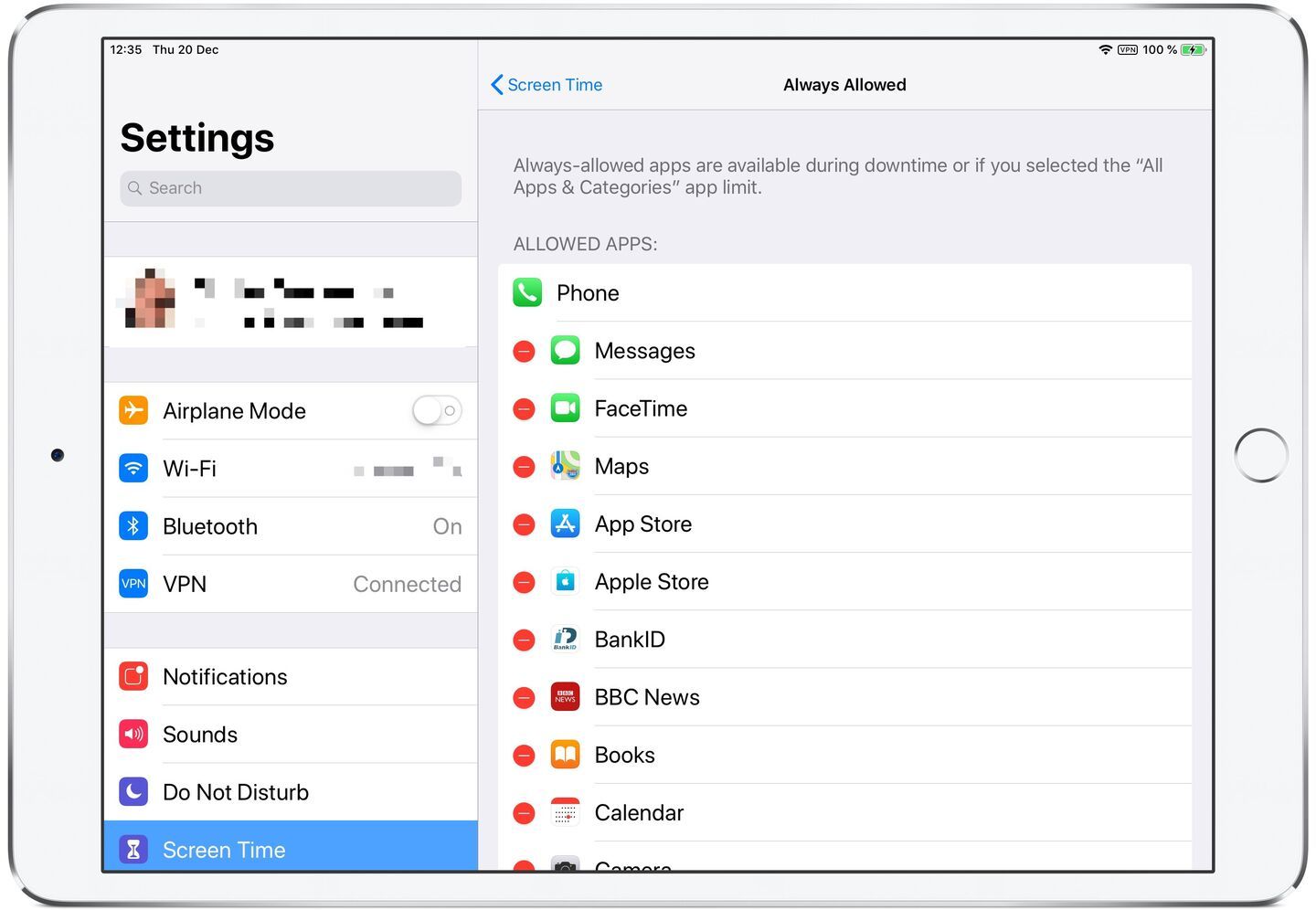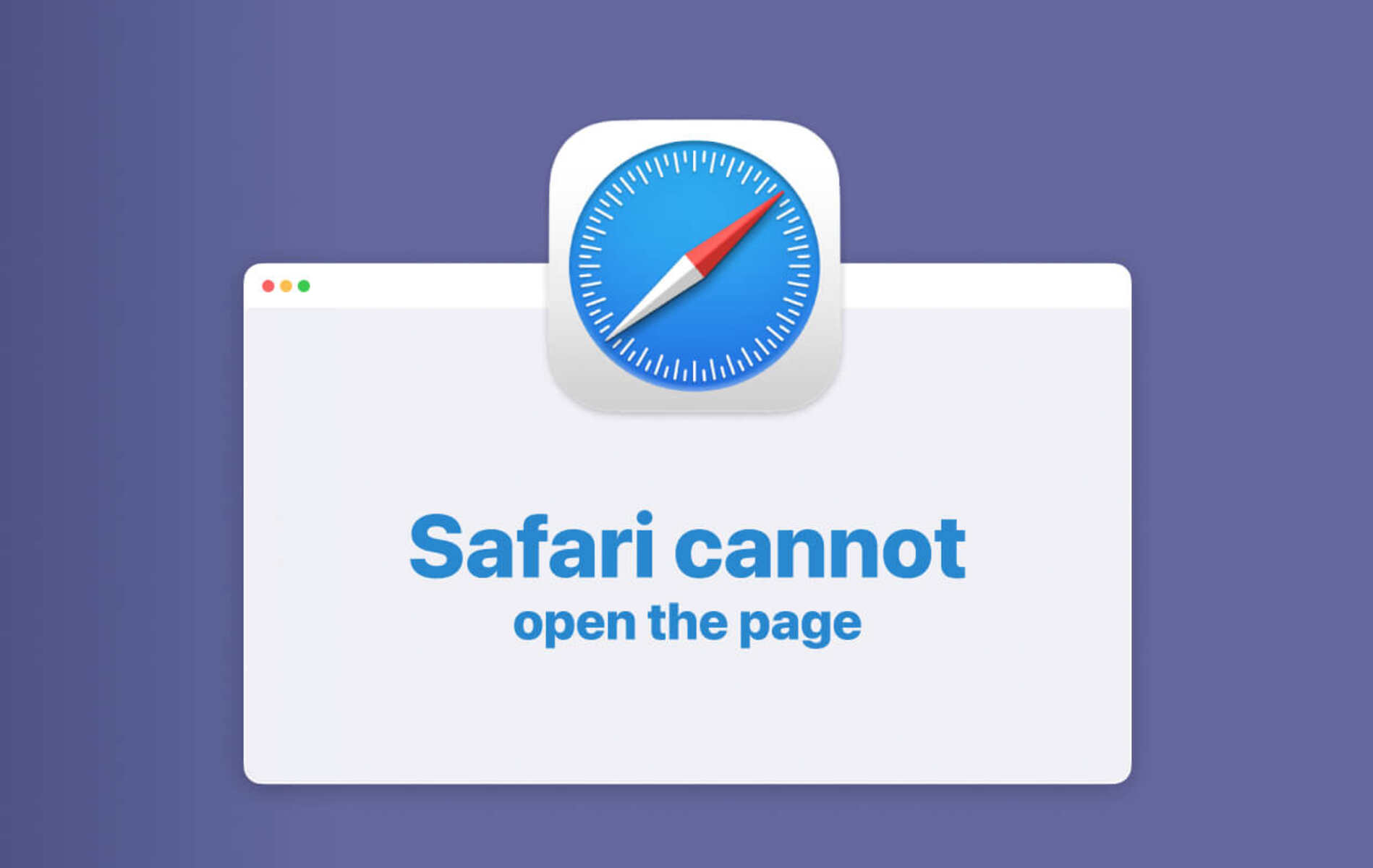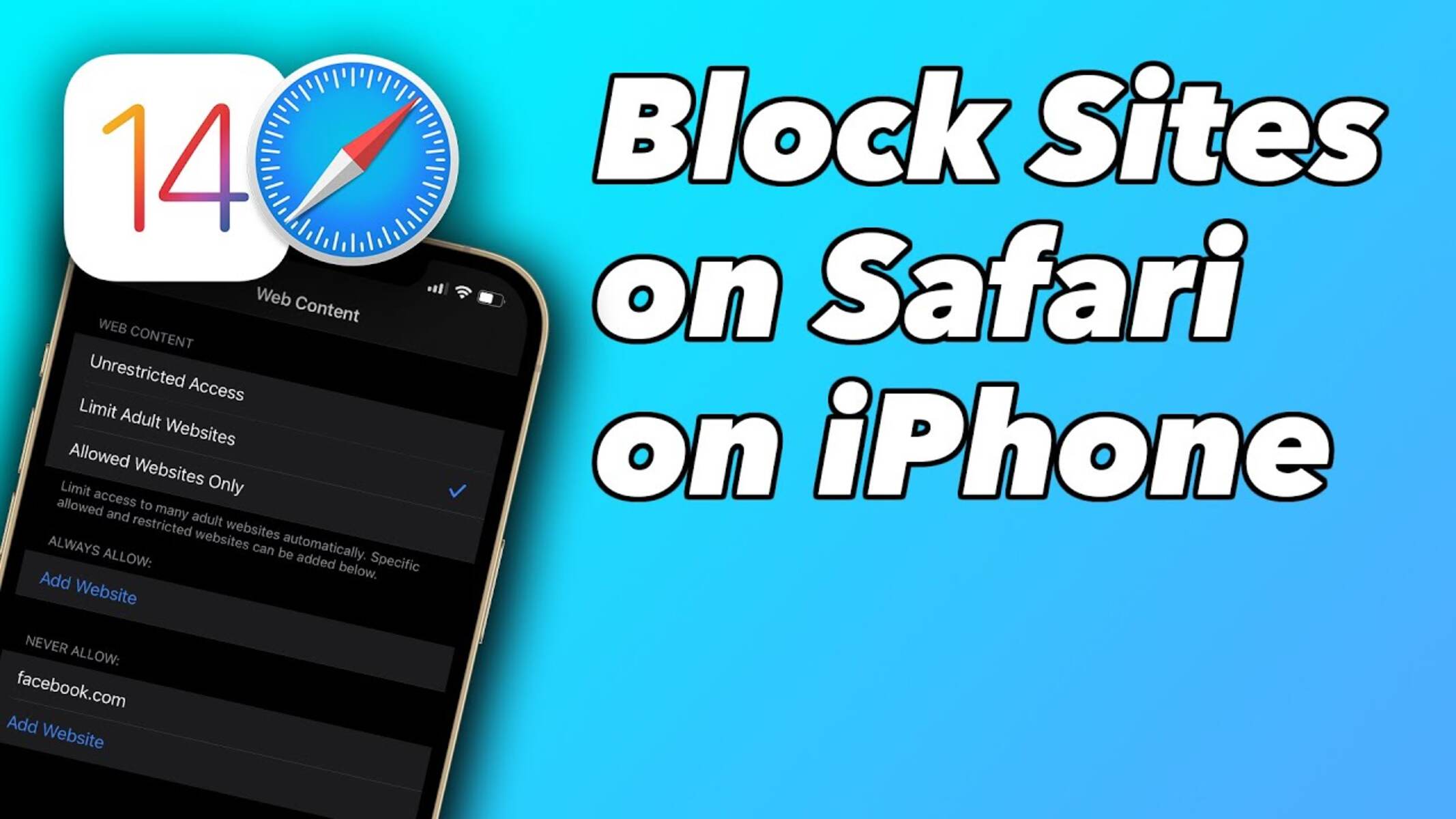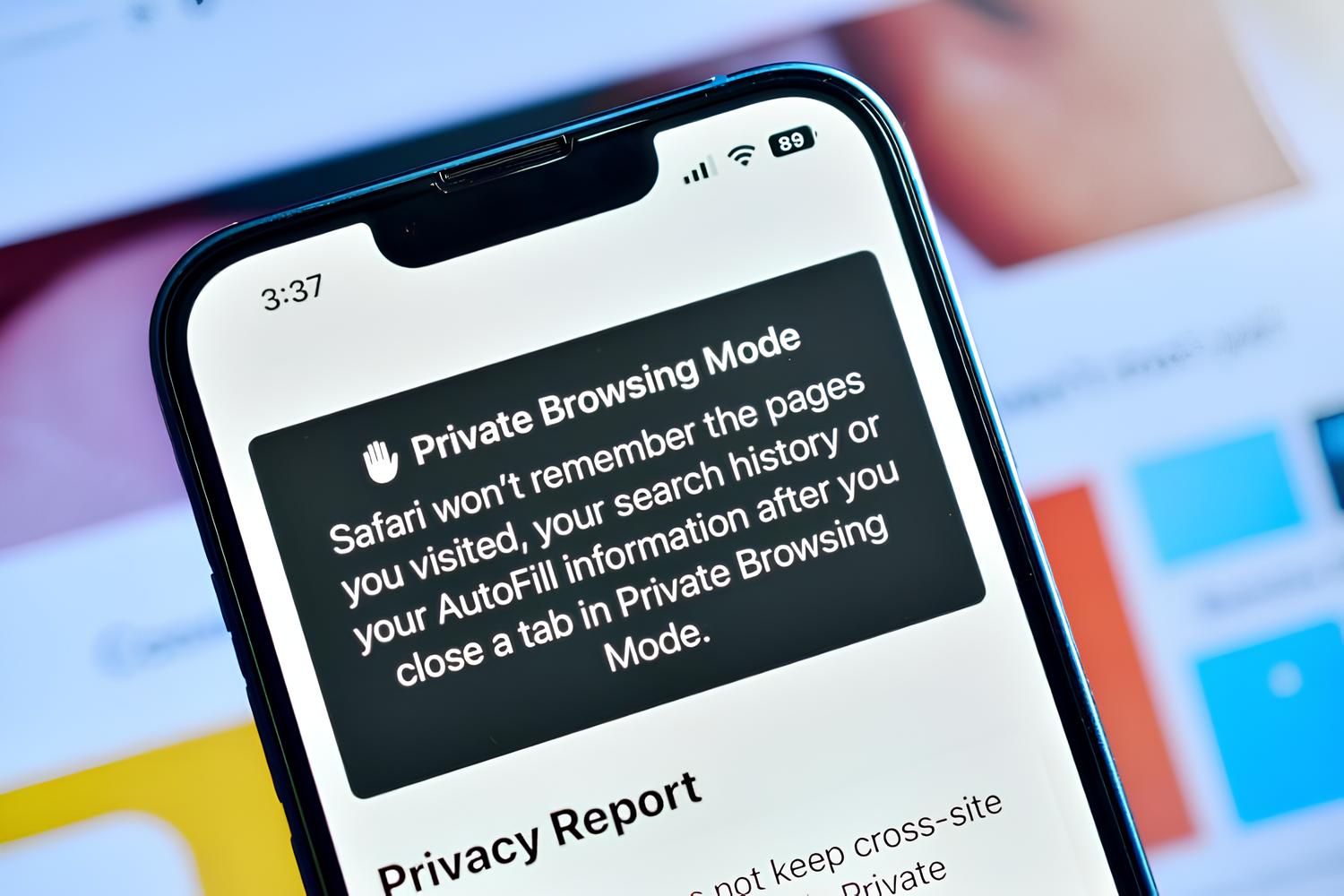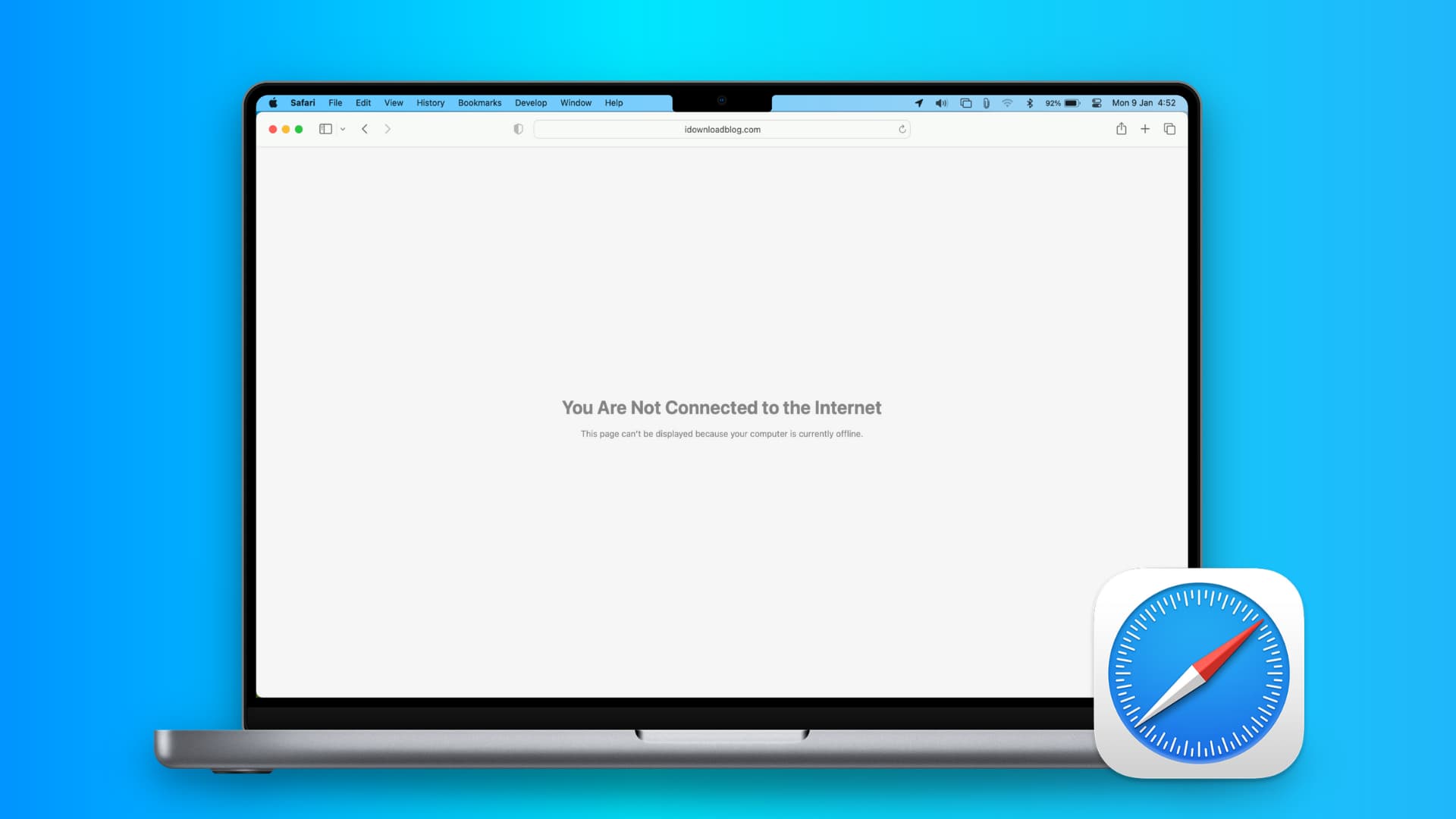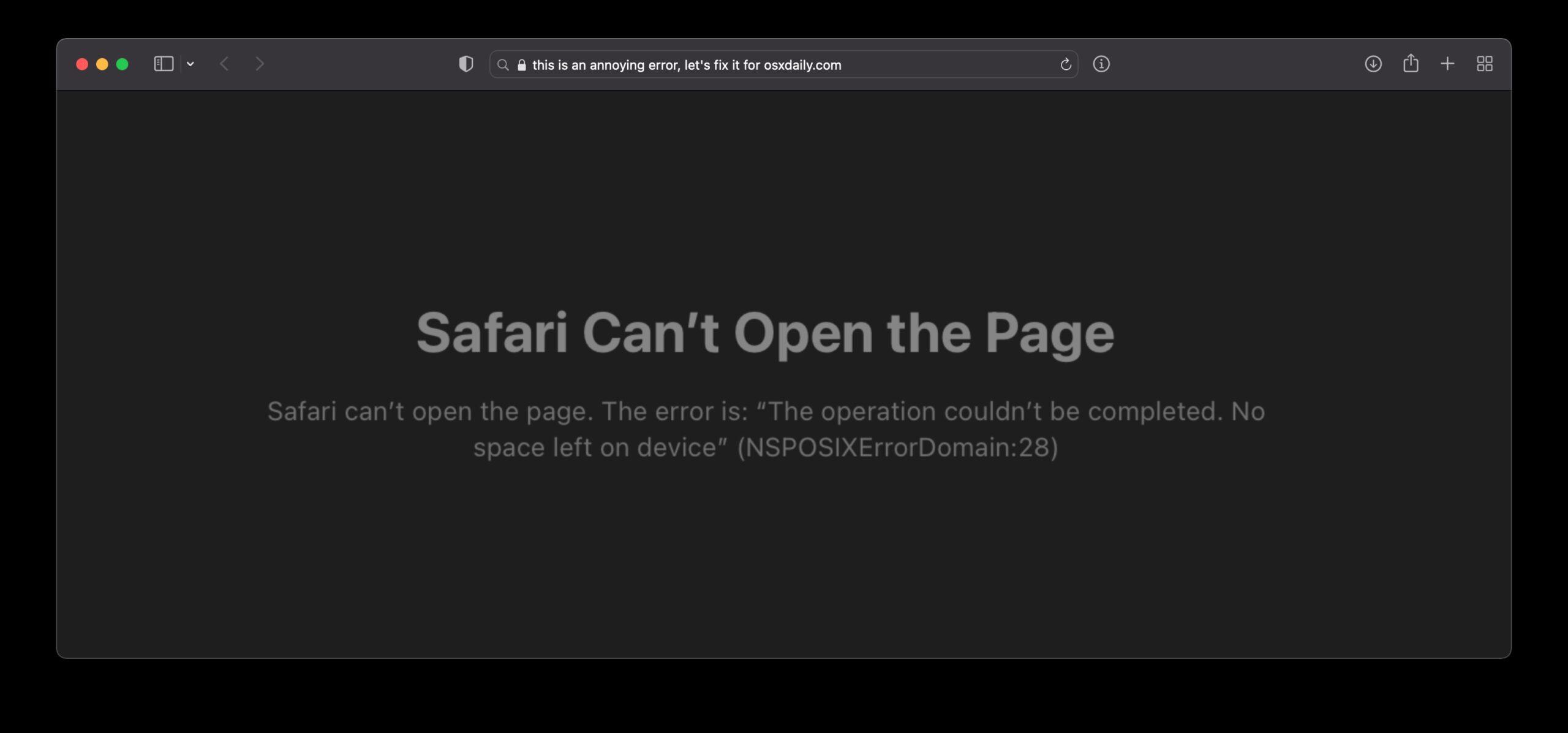Introduction
In today's digital age, managing screen time has become increasingly important, especially for parents seeking to regulate their children's device usage. Apple's Screen Time feature offers a valuable tool for setting restrictions and managing access to apps and websites during designated periods, known as downtime. While this feature is beneficial for promoting healthy digital habits, there are instances where users may need to grant access to specific websites, such as Safari, during downtime.
Understanding how to allow Safari during downtime can provide users with the flexibility to access essential websites while still adhering to the overall screen time restrictions. This article will delve into the intricacies of downtime within Screen Time, offering insights into the process of allowing Safari access during these restricted periods. By following the steps outlined in this guide, users can effectively customize their device settings to accommodate their specific browsing needs while maintaining a balanced approach to screen time management.
As we navigate the digital landscape, it's crucial to leverage the available tools and features to strike a harmonious balance between technology usage and mindful consumption. With a clear understanding of how to allow Safari during downtime, users can harness the full potential of their devices while upholding healthy digital habits. Let's explore the process of enabling Safari access during downtime, empowering users to make informed decisions about their screen time management.
Understanding Downtime in Screen Time
In the realm of digital wellness, Apple's Screen Time feature serves as a pivotal tool for managing device usage and promoting healthy screen time habits. At the core of Screen Time lies the concept of downtime, a designated period during which access to certain apps and websites is restricted. This feature is particularly valuable for parents seeking to regulate their children's screen time and for individuals aiming to strike a balance between technology usage and mindful consumption.
Downtime empowers users to set specific timeframes during which access to non-essential apps and websites is limited, fostering a conducive environment for focused activities, relaxation, and quality time away from screens. By establishing downtime parameters, users can cultivate healthier digital habits and mitigate the potential adverse effects of excessive screen time.
Within the context of Screen Time, downtime serves as a proactive measure to promote digital well-being, offering a structured approach to managing device usage. By delineating periods of restricted access, users can cultivate a mindful relationship with technology, fostering a harmonious balance between digital engagement and offline activities.
Understanding the nuances of downtime within Screen Time is essential for harnessing its full potential. By comprehending the intricacies of this feature, users can leverage it to tailor their device usage to align with their individual preferences and lifestyle requirements. This comprehensive understanding empowers users to make informed decisions about their screen time management, ensuring that their digital interactions are conducive to overall well-being.
As we delve deeper into the functionalities of Screen Time, it becomes evident that downtime plays a pivotal role in shaping healthy digital habits. By embracing the concept of downtime and its implications within Screen Time, users can embark on a journey towards mindful technology usage, fostering a balanced and sustainable approach to digital engagement.
In the subsequent sections, we will explore the process of allowing Safari access during downtime, providing users with the knowledge and tools to customize their device settings in alignment with their browsing needs while upholding healthy screen time management practices.
Allowing Safari During Downtime
Enabling access to Safari during downtime entails a strategic approach within the Screen Time settings on iOS devices. While downtime serves as a valuable mechanism for regulating app and website usage, there are instances where users may require access to Safari for essential browsing needs. By customizing the Screen Time settings, users can grant permission for Safari to be accessed during designated downtime periods, striking a balance between restricted usage and necessary browsing activities.
To allow Safari during downtime, users can follow these steps:
-
Accessing Screen Time Settings: Begin by navigating to the "Settings" app on the iOS device and selecting "Screen Time." Within the Screen Time settings, tap on "Downtime" to proceed to the next step.
-
Customizing Downtime: Within the Downtime settings, users can specify the start and end times for the restricted period. To allow access to Safari during downtime, tap on "Always Allowed."
-
Adding Safari to Always Allowed: Under the "Always Allowed" section, users can select Safari to be included as an app that is permitted during downtime. By toggling the switch next to Safari, users can ensure that the browser remains accessible even when other apps and websites are restricted.
-
Verifying Settings: After adding Safari to the "Always Allowed" list, users can exit the settings and return to the home screen. Safari will now be accessible during the designated downtime periods, providing users with the flexibility to engage in essential browsing activities while adhering to overall screen time restrictions.
By following these steps, users can effectively allow Safari access during downtime, tailoring their device settings to accommodate their specific browsing needs. This strategic customization empowers users to strike a harmonious balance between regulated screen time and the flexibility to engage with essential online content.
As users navigate the digital landscape, the ability to allow Safari during downtime underscores the adaptability of Screen Time in catering to individual preferences and requirements. By leveraging this feature, users can harness the full potential of their devices while upholding healthy screen time management practices.
In the subsequent section, we will explore the process of setting up always allowed websites, further enhancing the customization options within Screen Time to align with users' browsing needs and digital well-being.
Setting Up Always Allowed Websites
In addition to allowing access to specific apps during downtime, Apple's Screen Time feature offers the functionality to designate certain websites as always allowed, ensuring uninterrupted access to essential online resources. This capability is particularly valuable for individuals and families seeking to strike a balance between regulated screen time and the necessity of accessing specific websites without restrictions.
To set up always allowed websites within the Screen Time settings, users can follow these steps:
-
Accessing Screen Time Settings: Begin by navigating to the "Settings" app on the iOS device and selecting "Screen Time." Within the Screen Time settings, tap on "Always Allowed" to proceed to the next step.
-
Adding Always Allowed Websites: Within the "Always Allowed" settings, users can select "Add Website" to specify the URLs of the websites they wish to designate as always allowed. By entering the web addresses of these sites, users can ensure uninterrupted access to essential online content during both unrestricted and downtime periods.
-
Verifying Settings: After adding the desired websites to the "Always Allowed" list, users can exit the settings and return to the home screen. The designated websites will now be accessible at all times, providing users with the flexibility to engage with essential online resources without encountering restrictions imposed by Screen Time.
By setting up always allowed websites, users can tailor their device settings to align with their specific browsing needs, ensuring seamless access to vital online content while upholding the overall screen time restrictions. This customization empowers users to strike a harmonious balance between regulated screen time and the flexibility to engage with essential online resources.
As users navigate the digital landscape, the ability to designate always allowed websites underscores the adaptability of Screen Time in catering to individual preferences and requirements. By leveraging this feature, users can harness the full potential of their devices while upholding healthy screen time management practices.
Incorporating always allowed websites into the Screen Time settings offers a comprehensive approach to managing digital interactions, empowering users to cultivate a mindful relationship with technology while ensuring uninterrupted access to essential online resources. By embracing this functionality, users can navigate the digital realm with confidence, knowing that they can seamlessly engage with vital online content while maintaining a balanced approach to screen time management.
Conclusion
In the realm of digital well-being, Apple's Screen Time feature serves as a valuable ally in promoting mindful technology usage and fostering a balanced approach to screen time management. The concept of downtime within Screen Time empowers users to delineate periods of restricted access to apps and websites, offering a structured framework for cultivating healthier digital habits. While downtime serves as a proactive measure to regulate device usage, the ability to allow Safari access during these restricted periods provides users with the flexibility to engage in essential browsing activities while upholding overall screen time restrictions.
By following the outlined steps to allow Safari during downtime, users can customize their device settings to accommodate their specific browsing needs, striking a harmonious balance between regulated screen time and the flexibility to access essential online content. This strategic customization underscores the adaptability of Screen Time in catering to individual preferences and requirements, empowering users to make informed decisions about their digital interactions while upholding healthy screen time management practices.
Furthermore, the functionality to set up always allowed websites within the Screen Time settings enhances the customization options, ensuring uninterrupted access to vital online resources. By designating specific websites as always allowed, users can seamlessly engage with essential online content without encountering restrictions imposed by Screen Time, further reinforcing the harmonious balance between regulated screen time and the necessity of accessing specific websites without limitations.
As users navigate the digital landscape, the comprehensive capabilities of Screen Time, including the allowance of Safari during downtime and the setup of always allowed websites, underscore its pivotal role in shaping mindful technology usage. By leveraging these features, users can harness the full potential of their devices while upholding healthy screen time management practices, fostering a balanced and sustainable approach to digital engagement.
In conclusion, the ability to customize Screen Time settings to align with individual browsing needs and digital well-being reflects Apple's commitment to empowering users to cultivate a mindful relationship with technology. By embracing the functionalities of Screen Time, users can navigate the digital realm with confidence, knowing that they can seamlessly engage with essential online content while maintaining a balanced approach to screen time management.







